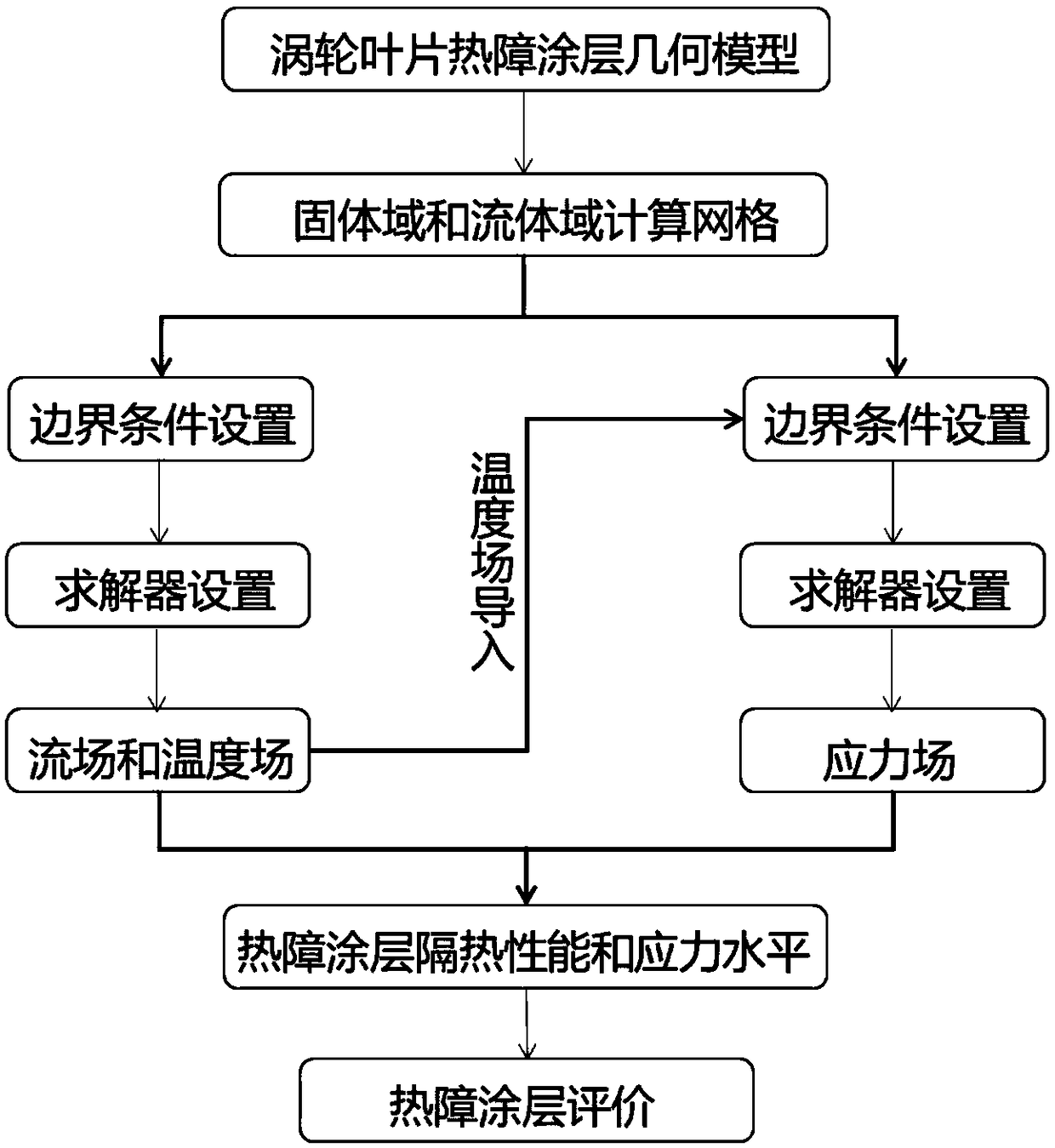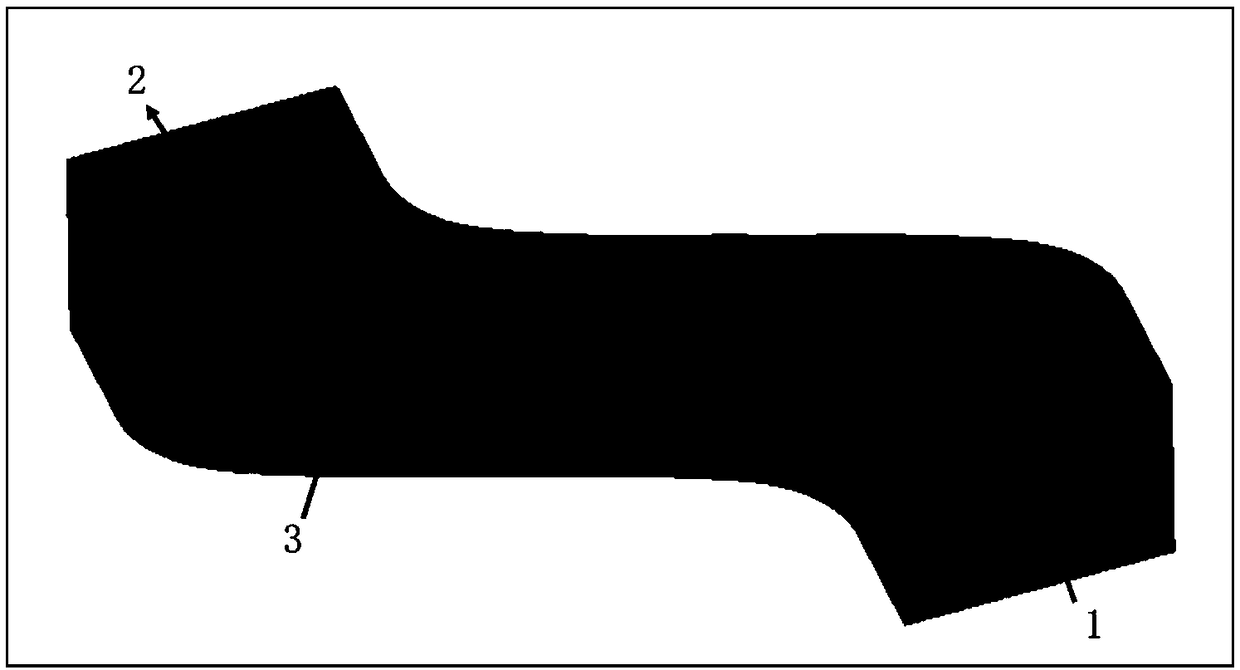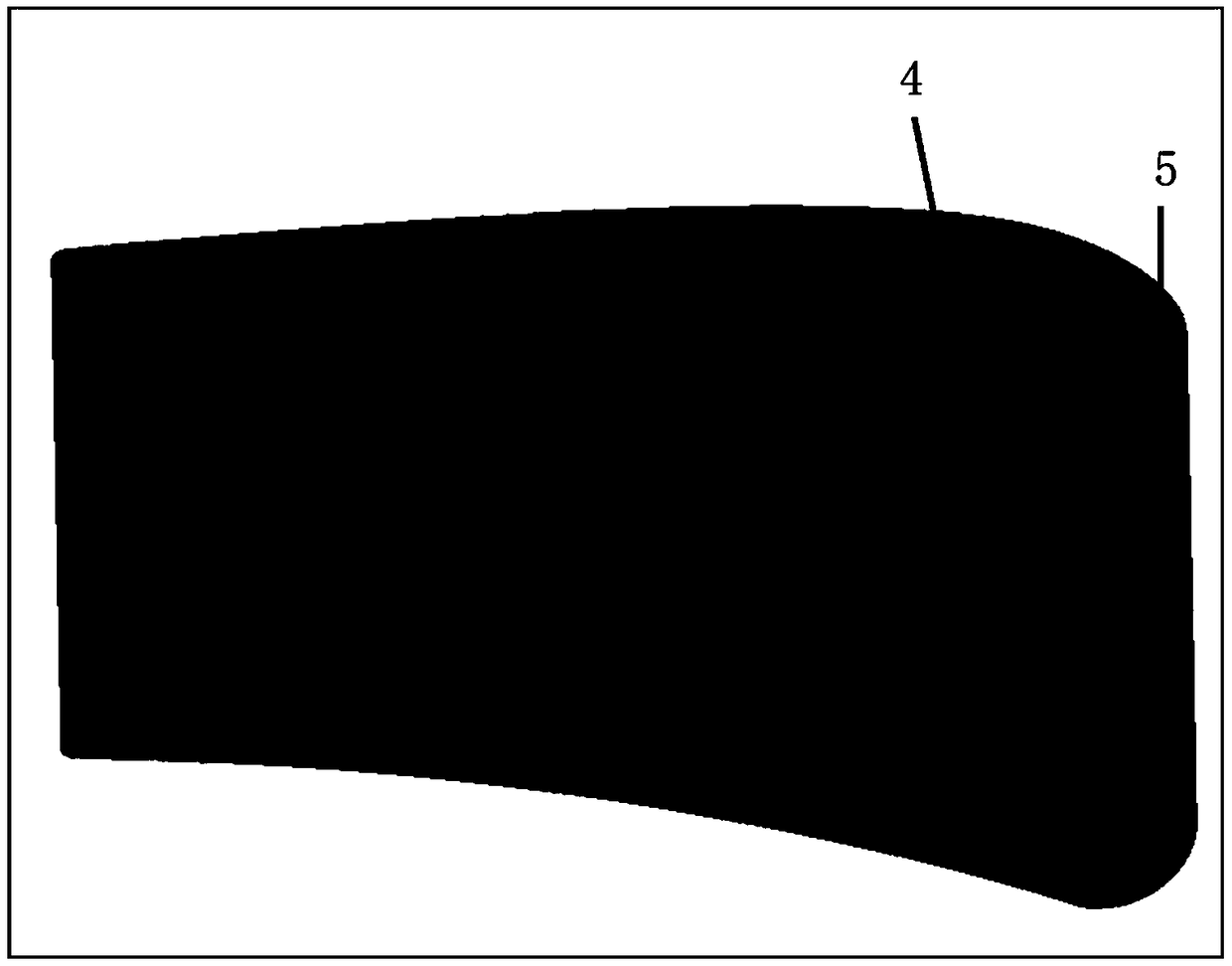A method for evaluating an application effect of a thermal barrier coat for a turbine blade
A technology of thermal barrier coatings and turbine blades, applied in special data processing applications, instruments, electrical digital data processing, etc., can solve problems such as poor thermal insulation performance, disasters, difficulties, etc., and achieve design and evaluation, and good economy benefit, reducing the effect of the application
- Summary
- Abstract
- Description
- Claims
- Application Information
AI Technical Summary
Problems solved by technology
Method used
Image
Examples
Embodiment Construction
[0036] In order to make the object, technical solution and advantages of the present invention clearer, the present invention will be further described in detail below in combination with specific embodiments and with reference to the accompanying drawings. It should be understood that these descriptions are exemplary only, and are not intended to limit the scope of the present invention. Also, in the following description, descriptions of well-known structures and techniques are omitted to avoid unnecessarily obscuring the concept of the present invention.
[0037] Such as figure 1 As shown, the evaluation method of the application effect of the turbine blade thermal barrier coating of the present invention comprises the following steps:
[0038] (1) In the geometric modeling software, the geometric model of the thermal barrier coating, the geometric model of the turbine blade without thermal barrier coating and the geometric model of the external flow field are established....
PUM
 Login to View More
Login to View More Abstract
Description
Claims
Application Information
 Login to View More
Login to View More - R&D
- Intellectual Property
- Life Sciences
- Materials
- Tech Scout
- Unparalleled Data Quality
- Higher Quality Content
- 60% Fewer Hallucinations
Browse by: Latest US Patents, China's latest patents, Technical Efficacy Thesaurus, Application Domain, Technology Topic, Popular Technical Reports.
© 2025 PatSnap. All rights reserved.Legal|Privacy policy|Modern Slavery Act Transparency Statement|Sitemap|About US| Contact US: help@patsnap.com



